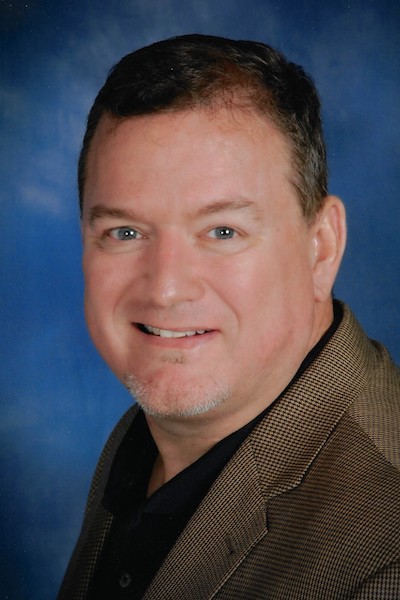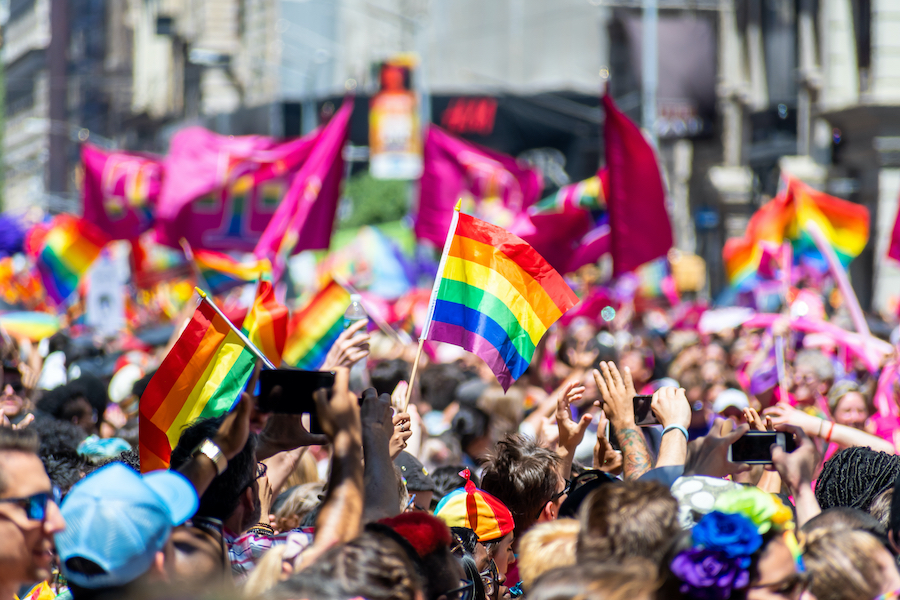Beyond the Rainbow: The LGBTQ+ Community Evolves
By J.W. Arnold, APR, Fellow PRSA
June-July 2021
In 1969, New York City police raided the Stonewall Inn, a club in Greenwich Village, leading to the historic Stonewall Riots that sparked the gay-rights movement. For a generation after the riots, lesbians, gay men, bisexuals, transgender people and other sexual minorities were collectively labeled as “gay.” Their symbol became the rainbow flag.
In the 1980s, the AIDS epidemic ignited new activists to the cause. In the 1990s, the advent of the internet provided a lifeline to young and old alike who lived far from the “gay ghettos” of New York and San Francisco.
More recently, amid landmark advances in marriage equality and workplace protections, the LGBTQ+ community has undergone a rapid evolution in what it means to be gay — and in how this expanding diversity is expressed.
But as with communities of color and culture across the country and around the world, LGBTQ+ people are hardly a monolithic political force — or even one big, happy family. Like everyone else, we find consensus on some issues and disagree on others. Generational divides also exist, especially as millennials and Gen-Z people rise to leadership positions.
Debate is healthy but, generally, in society, the prominence of social media and politically charged media outlets has often taken its toll on the tone of discourse regarding LGBTQ+ issues. For communicators, here is some perspective on the conversations taking place within the LGBTQ+ community:
Decoding the alphabet soup
Twenty-five years ago, the addition of “Q” to the abbreviation LGBT (lesbian, gay, bisexual, transgender) was somewhat controversial. For some, the “Q” represented “queer,” a hurtful term to older gay men who had been bullied with it in their youth. Younger people saw the opportunity to reclaim and own the former homophobic slur.
Today, some interpret the “Q” to mean “questioning,” a nod to people who are still formulating their sexual or gender identity and orientation. Ultimately, the “Q” was widely accepted, with the user left to assign their own meaning (“queer” remains the most common definition).
But the alphabet soup doesn’t end there. In Europe and Latin America, an “I” is frequently appended, acknowledging intersex people whose genetic and physical gender characteristics may not align. Sometimes the letter “A” is added, for “asexual” or “allies,” the latter referring to heterosexual people who support the LGBTQ+ community.
In Canada, you’re likely to encounter “2” (as in LGBTQIA2), to honor the “Two Spirit” people, a term used by some indigenous North Americans to describe people in their cultures who fulfill a traditional third-gender ceremonial and social role.
Another abbreviation being used more frequently is QTBIPOC (queer, trans, black, indigenous people of color), often by activists and social-services providers to highlight these at-risk and often overlooked segments of society.
The alphabet soup can be confusing and unwieldy. Most mainstream media outlets have stuck to LGBT or LGBTQ, but LGBTQ+ is increasingly used to acknowledge the expanding diversity of the community.
Understanding the rainbow flag’s growing spectrum
The rainbow flag as a symbol of the gay community was created by San Francisco artist Gilbert Baker in 1978. It originally had eight colors, but pink and turquoise were removed for production purposes. Since 1979 it has consisted of six colored stripes.
Aside from symbolizing a diverse LGBTQ+ community, the colors are meant to represent life (red), healing (orange), sunlight (yellow), nature (green), harmony/peace (blue) and spirit (purple/violet). In 2017, during Pride Month, the city of Philadelphia added two colors — black and brown — to the existing pride flag and hoisted it outside City Hall. According to the Philadelphia Office of LGBT Affairs, the added colors represented the inclusion of people of color into the spectrum.
One year later, designer Daniel Quaser introduced the Progress Pride Flag, featuring Baker’s six-color rainbow intersected by a chevron of black and brown along with light-blue, pink and white stripes from the Transgender Pride flag.
“Our world is so charged right now and the voices who have been screaming for years are getting louder and louder,” Quaser told the website them.us in June 2020. “We cannot ignore that and must make space for them to be heard. The flag was my way of saying we as a community need to step back and listen.”
While many cities and organizations have adopted Quaser’s updated Progress flag, a controversy erupted earlier this year in Florida’s Miami-Dade County, when a county LGBTQ+ advisory board recommended its display. Older activists argued that Baker’s original design was inclusive and shouldn’t be updated to single out particular racial or marginalized groups. Heated debate on the issue continues in Miami and across the country.
Blurring lines on sexual orientation, gender
In the 1940s and 1950s, Dr. Alfred Kinsey’s studies of sexual behavior suggested a broad spectrum for sexual orientation. But don’t be surprised today if a student or young colleague says they’re “pansexual,” meaning they’re attracted to an individual, but not necessarily to that person’s biological sex, sexual orientation or gender identity. Being pansexual is not the same as being bisexual or “questioning.” Such people might also label themselves as “queer.”
The same confusing lack of consistent appellation also applies to gender identity. Over the past 10 to 12 years, transgender issues have become commonplace, especially in the policy arena. While much remains to be resolved for trans people, an increasing number of Gen-Zers consider themselves “gender fluid” or “nonbinary,” meaning they don’t identify as a fixed gender or conform to traditional male/female gender identities. Their pronouns are often “they/them/their,” confounding many of us who struggle with this usage when referring to individuals.
The AP Stylebook adopted these pronouns in 2017, for “stories about people who identify as neither male nor female or ask not to be referred to as he/she/him/her.” The Associated Press says journalists should “explain in the text that the person prefers a gender-neutral pronoun,” and suggests using “the person’s name in place of a pronoun, or otherwise reword the sentence, whenever possible.”
Choosing inclusion
It’s perhaps too early to predict how these issues and trends will be resolved by the LGBTQ+ community, but a few simple actions can demonstrate that your organization understands: add the “+” to LGBTQ; acknowledge other underserved and marginalized segments; and recognize that younger LGBTQ+ people view sexual orientation and gender identity in broader terms than their elders do.



